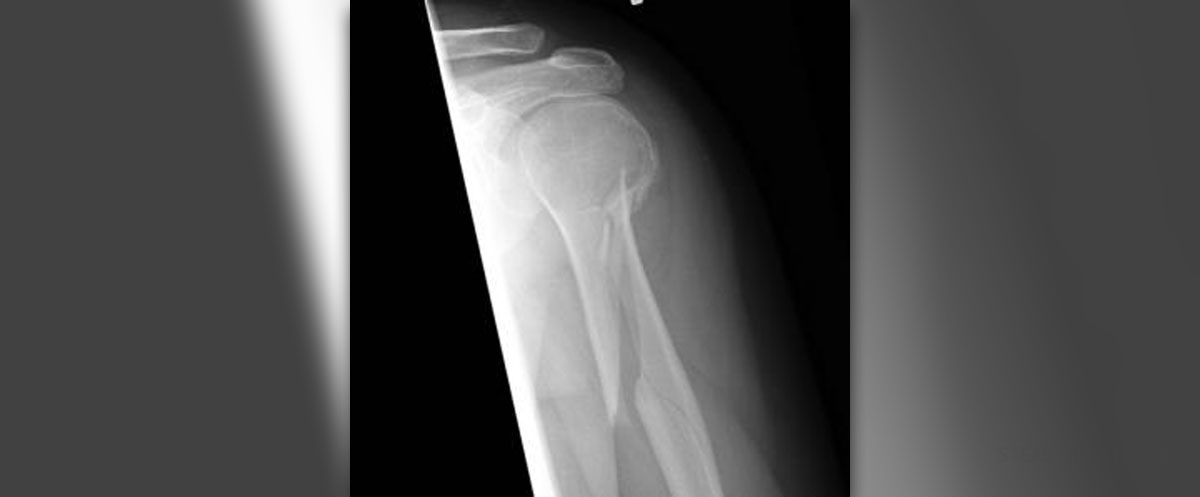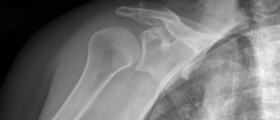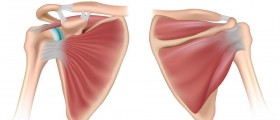
Injury of the humerus
We will try to explain how to treat the potential injury of the humerus. Themost important parts are classification of the fracture, reduction and immobilization.It is also very important to determine if the problem needs a professionalcare. The most of the injuries of this region are minor or misplaced and these kindsof problems do not need to be treated in the surgery room. The most commonlyconnected problems with the humerus injury are nerve injury, osteoporosis,ipsilateral proximal forearm fracture and vascular injury. There are two typesthat we can differentiate based on the location of the fracture, and those arediaphysical and proximal.
The most common causes for the humerus injury are axial loading and shoulder orarm direct trauma. The severity of the displacement will be determined on theinfluence of the deltoid, rotator cuff and pectoralis muscle attachments.The problems with humerus injury can also be caused by the violent musclecontractions and when throwing overhead. This kind of situation is mostly seenamong baseball players. The problem occurs basically when the stress oractivity of the bone is elevated.
Treatment for humerus injury
We will say a few words about the treatment that these injuries require, butthere are some things that need to be done before going to the hospital. Youwill have to immobilize the fracture in question. When a patient gets to thehospital, he will need analgesics to reduce the pain and his movementwill have to be minimized, if not restricted. When we talk about the proximalhumerus fracture, they rarely need operational treatment. Rotator cuff tearsare brought in connection with greater tuberosity fractures. This usuallyhappens among older people and the exact cause is still unknown. The maintreatment involves swathe and sling application. Remember that orthopedic willneed to be consulted if anatomic neck fracture is present. Humerus shaftfracture needs a coaption splint for the immobilization. The material will haveto go from the neck nape to the axilla and the 30-40 degrees of angulation isdisregarded.
Consultation
The most commonly reduced fractures are diaphyseal and isolated proximalhumeral fractures, though sometimes they cannot be reduced. Those situationsusually happen if the patient is obese or has suffered a head trauma or injuryof the soft tissue. The treatment involving particular neurovascular scrutinyis connected with penetrating trauma. Orthopedic will have to be consulted ifglenohumeral dislocation, open fracture or floating elbow is present. They willprobably need a surgery. The most commonly used medications for this kind of injury are anxiolytics, analgesicsand non-steroidal anti-inflammatory agents. These agents can be used on mildpain, while other options include naproxen, ketorofen and flurbiprofen.

















Your thoughts on this
Loading...